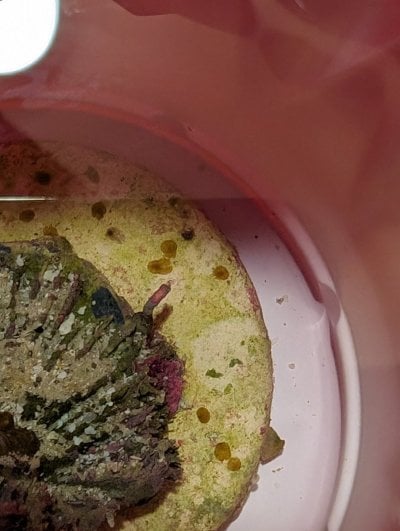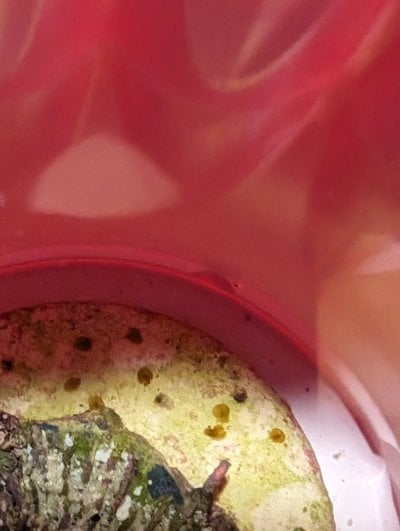Navigation
Install the app
How to install the app on iOS
Follow along with the video below to see how to install our site as a web app on your home screen.
Note: This feature may not be available in some browsers.
More options
You are using an out of date browser. It may not display this or other websites correctly.
You should upgrade or use an alternative browser.
You should upgrade or use an alternative browser.
Flatworm id
- Thread starter jonesdeini
- Start date
- Tagged users None
I think those are red planaria, @EeyoreIsMySpiritAnimal @ISpeakForTheSeas? Flatworms are the one thing that I don't know much about, well, that and crabs
Looks like it may be Waminoa flatworms to me:
Looks like it may be a Waminoa sp. - they are known to feed on the coral mucus rather than the coral itself of corals in the family Euphylliidae, as well as mushroom corals. Theoretically, in large numbers these guys could cause problems for corals like stated in the quote* below:
"Apparently, acoels can harm corals by smothering them, which may hinder their respiration, feeding and sediment shedding capacities."
*The link the quote was taken from:
The only confirmed effective method of removal that I'm aware of is a repeated dip and cleaning method (pull any infected corals from the tank, dip them, scrape off any worms/eggs that stay on through the dip, repeat as needed). It may be more effective if you can to dip, scrape, and then put the corals in a different, uninfected tank to wait out the starvation of any eggs/worms in the infected tank, but this may not be possible. The link below has some other ideas you can explore if you'd prefer, but I have no idea if they're effective or not:
Edit: Also, here's a link that shows some more known host corals (I would assume these will host on just about any coral they can get too to be honest).
EEFW infestation (euphyllia eating flatworms)
Dip them using coral revive. They peel off in seconds using it. I’ve tried other stuff but nothing works even close as good as revive. They spaz right out in seconds and come off the torches Flatworm exit doesn’t work on these at all...www.reef2reef.com
I will defer to MatthewI think those are red planaria, @EeyoreIsMySpiritAnimal @ISpeakForTheSeas? Flatworms are the one thing that I don't know much about, well, that and crabs
?I will defer to Matthew
ispeakfortheseas
Similar threads
- Replies
- 9
- Views
- 199
- Replies
- 7
- Views
- 441



















